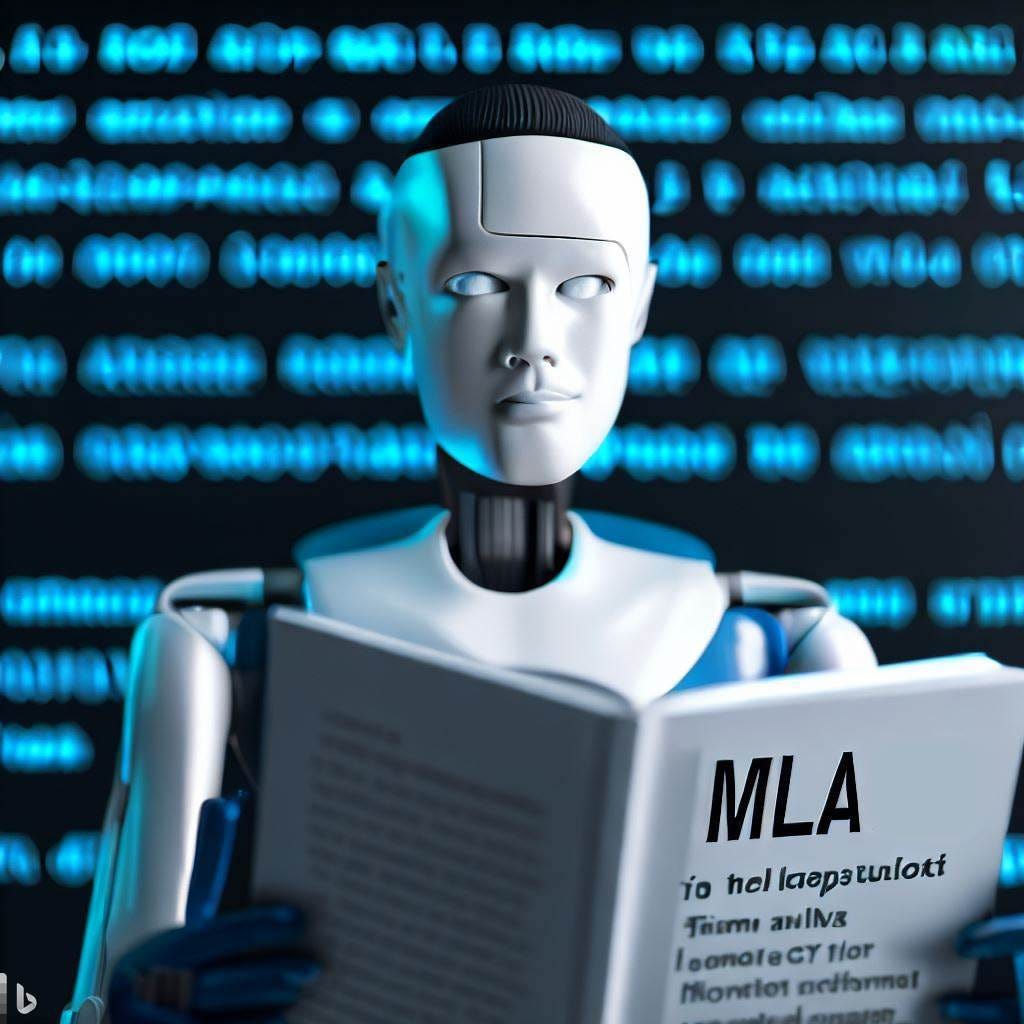
As many educators are wrestling with how and to what extent generative AI should play a role in the classroom, MLA has stepped in to provide some common-sense recommendations for citing generative AI.
The MLA page that lays out the guidelines is well worth the read. I highly recommend you check it out. They provide several interesting examples demonstrating the complexity of citing a source whose information comes from many ambiguous sources.
In the simplest case, where someone uses ChatGPT to provide facts that they then use in their writing or use ChatGPT to edit, summarize, or modify their writing in some way, they require the following information to be provided by the author.
The prompt or request that was given to the generative AI tool. This gives the reader a sense of what the author used AI to accomplish.
The AI tool that was used and the version number of the tool.
The date associated with the version of the AI tool that was used. For ChatGPT, the date associated with the most recent version update for each model can be found at the very bottom of this page in the section titled Continuous Model Upgrades.
The company that owns the AI tool. For ChatGPT, this is OpenAI.
The date that the prompt was run in the AI tool.
Here is a basic template followed by an example given on the MLA site.
Template
“The actual text of the prompt” prompt. Name of AI tool, Date of version, Company, Date the prompt was run, URL of the AI toll.
Example from MLA website
“Describe the symbolism of the green light in the book The Great Gatsby by F. Scott Fitzgerald” prompt. ChatGPT, 13 Feb. version, OpenAI, 8 Mar. 2023, chat.openai.com/chat.
There are many strengths to this approach. I especially like the requirement that authors share the exact prompt they used. Knowing the prompt tells the reader a lot about the role AI played in the writing/artistic process. Listing the version number of the tool also tells you a lot about the power and capabilities of the tool. This will also help teachers pay attention to potential socio-economic inequalities that could arise as more powerful tools come at higher price points (like needing a $20 per month ChatGPT Plus membership to access the far more powerful GPT-4 model).
This approach is a good first step but will likely run into challenges as users find more sophisticated ways to utilize generative AI. For example, let’s say that instead of simply asking ChatGPT to describe symbolism found in The Great Gatsby, a student instead asks it to take on the persona of F. Scott Fitzgerald and then proceeds to have a lengthy conversation with the persona asking about how he (Fitzgerald) conceptualized the symbolism in his work? More sophisticated uses like this would involve large numbers of prompts. Would a student be expected to cite all the prompts used or just the initial prompt? At some point, will we need to cite ChatGPT more like we would cite an interview with a human?
There are many unanswered questions and plenty still to learn. In the meantime, I’m grateful that MLA released something usable to help educators and academics out. Thanks, MLA!
Sources:
“How Do I Cite Generative AI in MLA Style?” MLA Style Center, https://style.mla.org/citing-generative-ai/?utm_campaign=sourcemar23&utm_medium=email&utm_source=mlaoutreach.




